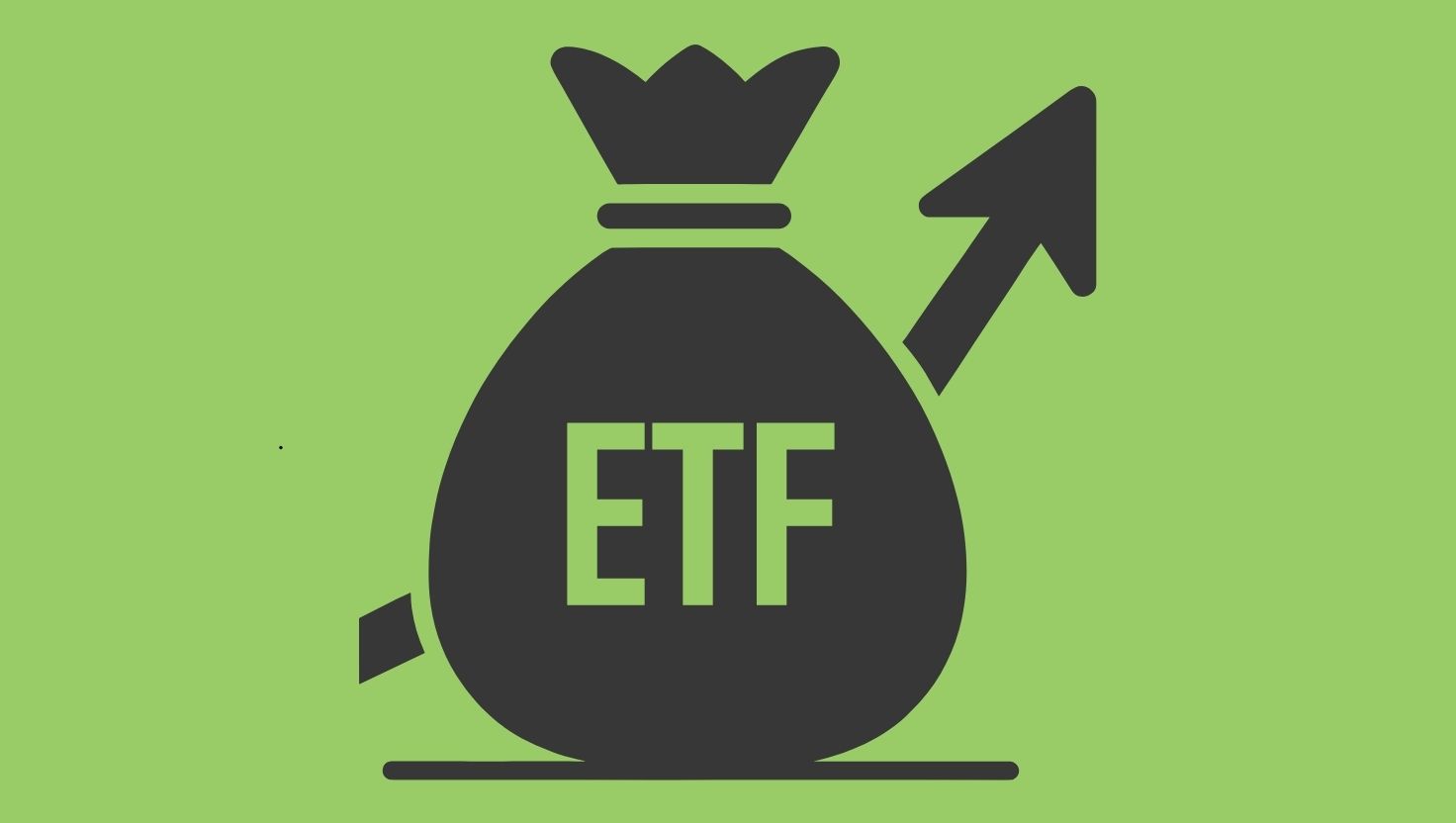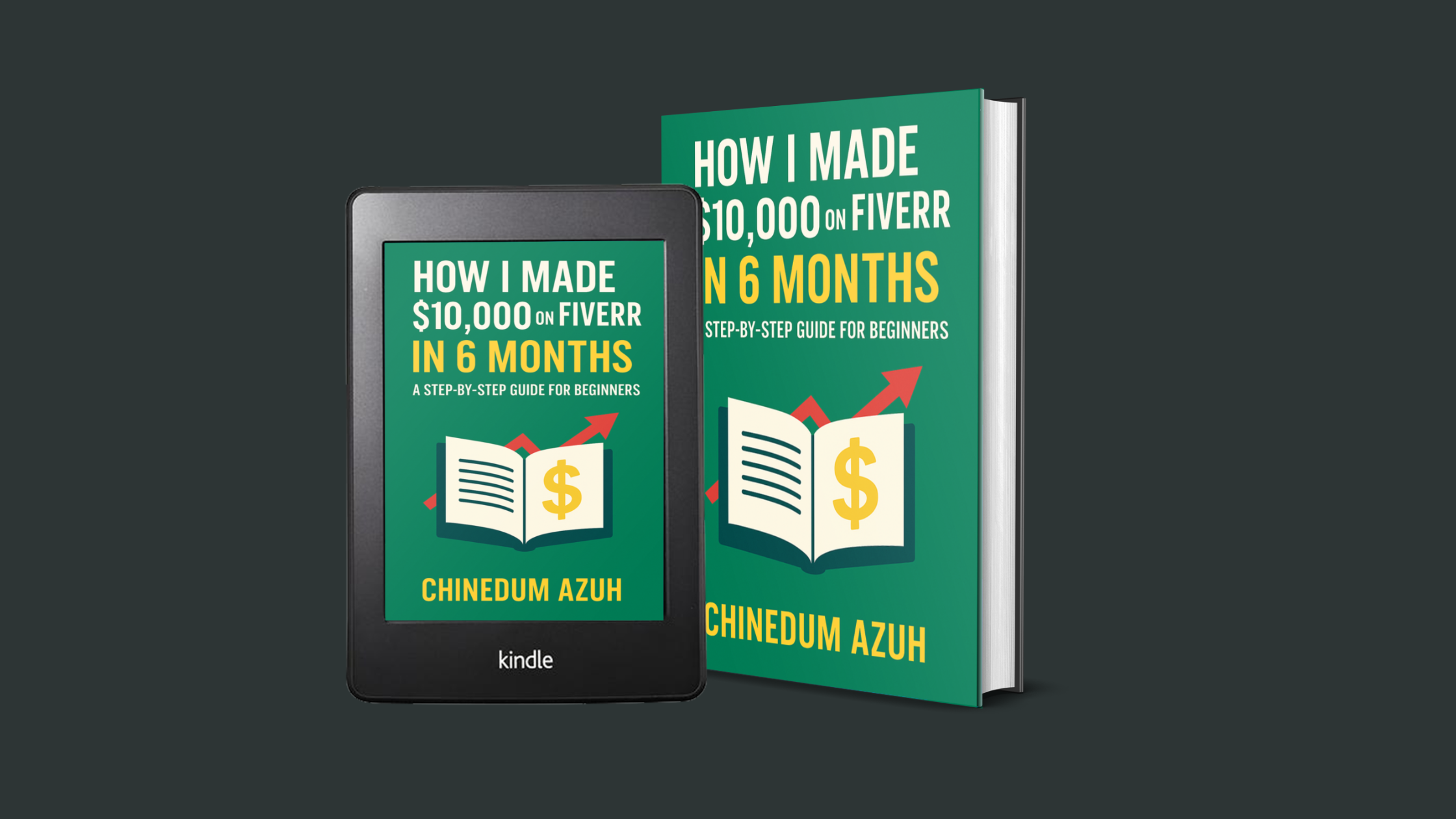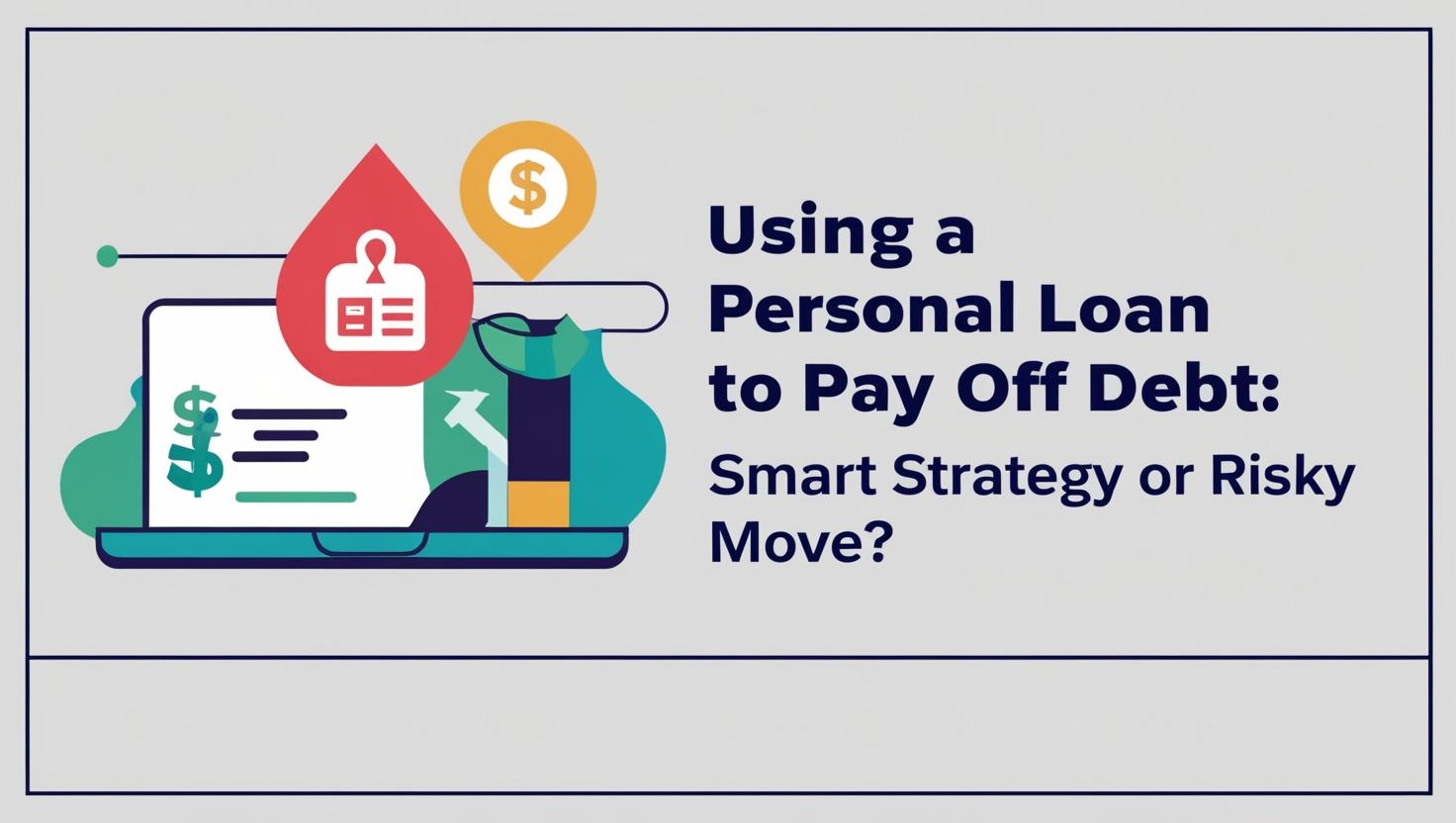Did you know there are over 2,000 ETFs listed in the U.S. stock market? These funds have become a go-to choice for new investors, offering simplicity and diversification. If you’re just starting, ETFs can be a smart way to build your portfolio without the stress of picking individual stocks.
ETFs, or exchange-traded funds, let you buy a basket of stocks or bonds in one go. They trade like stocks on major exchanges, such as the NYSE or Nasdaq. This means you can buy and sell them throughout the trading day at fluctuating prices. Plus, many online brokers now offer $0 commission trades, making it easier than ever to get started.
One of the biggest advantages of ETFs is their diversification. Instead of putting all your money into one company, you spread it across many. This reduces risk and can help protect your investment. For example, an S&P 500 ETF gives you exposure to 500 companies with just one purchase.
Getting started is simple. You’ll need a brokerage account, which many platforms allow you to open with no minimum deposit. From there, you can research ETFs, choose one that aligns with your goals, and make your first trade. Whether you’re saving for retirement or building wealth, ETFs offer a flexible and low-cost way to grow your money.
Key Takeaways
- ETFs provide diversification by holding multiple stocks or bonds in one fund.
- They trade on major exchanges like the NYSE and Nasdaq.
- Many brokers offer $0 commission trades for ETFs.
- Opening a brokerage account is easy and often requires no minimum deposit.
- ETFs are a low-cost way to build a balanced portfolio.
Understanding ETFs and Their Benefits
Exchange-traded funds (ETFs) have transformed the way people approach investing. These funds allow you to buy a basket of assets, like stocks or bonds, in a single transaction. They trade on major exchanges, such as the NYSE or Nasdaq, just like individual stocks. This makes them flexible and easy to access.
What Is an ETF?
An ETF is a type of exchange-traded fund that holds a collection of assets. For example, an S&P 500 ETF tracks the performance of the 500 largest companies in the U.S. stock market. Unlike mutual funds, ETFs trade throughout the day at fluctuating prices. This gives you more control over when you buy or sell.
ETFs are known for their transparency. Most disclose their holdings daily, so you always know what you’re investing in. They’re also cost-effective, with average expense ratios as low as 0.15%. This is significantly lower than the 0.42% average for mutual funds.
Advantages of Investing in ETFs
One of the biggest benefits of ETFs is diversification. Instead of putting all your money into one company, you spread it across many. This reduces risk and can help protect your investment. For instance, a sector ETF gives you exposure to an entire industry, like technology or healthcare.
ETFs also offer lower fees compared to mutual funds. Many brokers now offer $0 commission trades, making them an affordable option for beginners. Additionally, ETFs are tax-efficient. Their low turnover rates mean fewer capital gains are passed on to you.
Here’s why ETFs are ideal for new investors:
- They’re easy to trade, with no minimum investment required.
- They provide instant diversification across companies and industries.
- They’re cost-effective, with lower fees than mutual funds.
Whether you’re building a long-term portfolio or exploring specific sectors, ETFs offer a flexible and low-cost way to grow your wealth. Their simplicity and transparency make them a top choice for investors of all levels.
Setting Clear Investment Goals for Your Portfolio

Setting clear goals is the foundation of a successful investment journey. Whether you’re saving for retirement, a home, or your child’s education, knowing your objectives helps you make informed decisions. ETFs can play a key role in achieving these goals, but it all starts with a plan.
Defining Your Investment Timeframe
Your investment timeframe depends on your financial goals. Short-term goals, like saving for a vacation, may require a different approach than long-term goals, such as retirement. For example, Warren Buffett’s 90/10 strategy suggests allocating 90% to a low-cost stock index fund for long-term growth.
Here’s a quick guide to help you align your timeframe with your goals:
| Timeframe | Goal | ETF Example |
|---|---|---|
| Short-term (1-3 years) | Emergency fund, vacation | Bond ETFs |
| Medium-term (3-10 years) | Home down payment, education | Balanced ETFs |
| Long-term (10+ years) | Retirement, wealth building | Stock index ETFs |
Assessing Your Risk Tolerance
Understanding your risk tolerance is crucial when choosing ETFs. Some investors prefer conservative strategies, focusing on bond ETFs for stability. Others opt for aggressive strategies, targeting stock ETFs for higher returns. Here’s how to evaluate your comfort level:
- Conservative: Focus on bond or dividend ETFs for steady income.
- Moderate: Mix stock and bond ETFs for balanced growth.
- Aggressive: Invest in sector or international ETFs for higher potential returns.
“The biggest risk is not taking any risk. In a world that’s changing quickly, the only strategy that is guaranteed to fail is not taking risks.” – Mark Zuckerberg
By aligning your goals with the right level of risk, you can build a portfolio that works for you. Thoughtful planning now can improve long-term performance and reduce stress.
How to Invest in ETFs as a Beginner
Starting your journey with ETFs can feel overwhelming, but breaking it into simple steps makes it manageable. Exchange-traded funds are designed to simplify investing, offering a straightforward way to diversify your portfolio. Here’s a step-by-step guide to help you get started.
Step 1: Do Your Research
Before diving in, take time to understand the basics of ETFs. These funds track an index, sector, or asset class, giving you exposure to a wide range of companies or markets. For example, an S&P 500 ETF lets you invest in 500 large U.S. companies with one purchase. Research different funds to find one that aligns with your goals.
Step 2: Open a Brokerage Account
To buy and sell ETFs, you’ll need a brokerage account. Many platforms offer $0 commission trades, making it affordable to start. Look for a broker that provides tools like ETF screeners, which help you compare funds based on criteria like expense ratios and performance history.
Step 3: Choose the Right ETF
Use screening tools to narrow down your options. Focus on factors like fees, diversification, and past performance. For instance, a low-cost index ETF might be ideal for long-term growth, while a sector-specific fund could suit short-term goals. Always consider your risk tolerance when making a choice.
Step 4: Place Your Trade
Once you’ve selected an ETF, it’s time to place your order. You can choose between market orders, which execute immediately at the current price, or limit orders, which set a specific price. Double-check the ticker symbol and review any fees before confirming your trade.
By following these steps, you can confidently start investing in ETFs. Remember, a clear and methodical approach makes the process easier and less intimidating. Whether you’re building wealth or saving for a specific goal, ETFs offer a flexible and cost-effective way to grow your money.
Opening Your Brokerage Account and Getting Started

Opening a brokerage account is your first step toward building a diversified portfolio with ETFs. A brokerage account allows you to buy and sell funds on the stock market, giving you access to a wide range of investment options. Many platforms now offer $0 commission trades, making it easier than ever to start investing.
Choosing a Reliable Broker
Selecting the right broker is crucial for your investment journey. Traditional brokers offer personalized advice, while robo-advisors provide automated, low-cost solutions. Both have their benefits, so choose based on your needs and comfort level.
Here’s a quick comparison of popular brokers:
| Broker | Features | Fees |
|---|---|---|
| Vanguard | Low-cost index funds, $0 commission trades | 0.04% expense ratio |
| Fidelity | Robust research tools, no account minimum | $0 for online trades |
| Charles Schwab | Wide ETF selection, excellent customer service | $0 for most trades |
The Account Setup Process
Setting up a brokerage account is straightforward. Most platforms require basic information, such as your Social Security number and proof of identity. Online verification makes the process quick and hassle-free.
Here’s what you’ll need:
- Personal Information: Name, address, and Social Security number.
- Identification: A government-issued ID or passport.
- Funding: Link a bank account to deposit money.
Once your account is open, you can start exploring ETFs. Look for funds with low expense ratios and strong performance history. Remember, a reliable brokerage account is your gateway to the stock market and a key tool for building your investment portfolio.
Using ETF Screening Tools and Comparison Metrics
Navigating the world of ETFs becomes easier with the right tools and metrics. Screening tools help you narrow down your options by analyzing key factors like fees, performance, and holdings. These tools simplify the selection process, making it easier to find funds that align with your goals.
Key Screening Metrics to Consider
When evaluating ETFs, focus on metrics that impact your investment’s success. Expense ratios are a top priority, as lower fees mean more of your money stays invested. For example, many ETFs have ratios under 0.15%, making them cost-effective choices.
Trading volume is another critical metric. Higher volumes indicate better liquidity, making it easier to buy or sell shares. Additionally, review the fund’s performance history over different timeframes, such as one, three, or five years. This helps you gauge consistency and potential returns.
Here’s a quick guide to essential metrics:
| Metric | Why It Matters |
|---|---|
| Expense Ratio | Lower fees increase your overall returns. |
| Trading Volume | Higher volumes ensure easier transactions. |
| Performance History | Past results can indicate future potential. |
Evaluating Fees and Fund Holdings
Fees and holdings play a significant role in your investment’s value. Compare expense ratios across similar funds to find the most cost-effective option. Also, examine the fund’s top holdings to ensure they align with your strategy. For instance, an S&P 500 ETF’s top holdings might include companies like Apple or Microsoft.
Diversification is another key factor. A well-balanced fund reduces risk by spreading investments across multiple assets. Use screening tools to analyze holdings and ensure they meet your diversification goals.
By leveraging these tools and metrics, you can make informed decisions that align with your financial objectives. Whether you’re focused on low fees, strong performance, or balanced holdings, the right data empowers you to build a portfolio that works for you.
Placing Your ETF Trade the Right Way
Executing your first ETF trade can be a smooth process with the right approach. Knowing the different order types and how to use them ensures you get the best results. Precision and clarity are key to minimizing errors and extra costs.
Understanding Order Types
When placing an ETF trade, you’ll encounter several order types. Each serves a specific purpose, depending on your strategy and market conditions. Here’s a breakdown of the most common options:
| Order Type | How It Works | Best Use Case |
|---|---|---|
| Market Order | Executes immediately at the current price. | When speed is more important than price. |
| Limit Order | Sets a specific price for execution. | When you want to control the purchase price. |
| Stop Order | Triggers a market order at a specified price. | To limit losses or lock in gains. |
| Stop-Limit Order | Combines stop and limit orders for precise control. | When you want to set both trigger and price limits. |
For example, a market order is ideal for highly liquid ETFs, while a limit order can protect you from unexpected price spikes. Understanding these options helps you trade with confidence.
Confirming Your Purchase
Before finalizing your trade, double-check the details. Start by verifying the ticker symbol to ensure you’re buying the correct ETF. Mistakes here can lead to unintended purchases or losses.
Next, review the order parameters, such as the number of shares and price. Most brokerage platforms provide a confirmation screen to help you spot errors. Look for:
- The correct ticker symbol and ETF name.
- Accurate share quantity and price.
- Any fees or commissions associated with the trade.
Once confirmed, your order will be executed. Keep an eye on the trade status to ensure it goes through as expected. Careful attention to detail minimizes risks and sets you up for success.
By mastering order types and verifying your trades, you can navigate the market with confidence. Whether you’re buying a single share or building a diversified portfolio, precision is your best ally.
Diversifying Your Investment Portfolio with ETFs
Diversification is a cornerstone of smart investing, and ETFs make it easier than ever to achieve. By spreading your money across multiple assets, you reduce risk and increase the potential for steady returns. ETFs inherently provide this benefit by holding a basket of stocks, bonds, or other assets in a single fund.
For example, a global equity ETF gives you exposure to companies across different countries and industries. This broadens your portfolio and helps protect against market volatility. Similarly, sector-specific ETFs allow you to focus on industries like technology or healthcare while still maintaining a diversified approach.
Building a Balanced ETF Portfolio
Creating a balanced portfolio involves more than just picking a few ETFs. It’s about aligning your investments with your goals and risk tolerance. Here’s how you can achieve this:
- Spread Across Sectors: Invest in ETFs that cover various industries, such as energy, finance, and consumer goods.
- Geographical Exposure: Include global or regional ETFs to tap into international markets.
- Asset Types: Mix equity ETFs with bond or commodity ETFs for a well-rounded approach.
By diversifying across these areas, you can build a resilient portfolio that weathers market fluctuations.
Here’s a comparison of different ETF types based on their diversification benefits:
| ETF Type | Diversification Benefit | Example |
|---|---|---|
| Global Equity | Exposure to companies worldwide | MSCI World ETF |
| Sector-Specific | Focus on a single industry | Technology ETF |
| Bond | Stability through fixed-income assets | U.S. Treasury Bond ETF |
Using screening tools can also help you evaluate the diversity of holdings within an ETF. Look for funds with low expense ratios and a broad range of assets. This ensures you’re getting the most value for your investment.
Remember, diversification isn’t just about reducing risk—it’s about maximizing opportunities. By carefully selecting and balancing your ETFs, you can create a portfolio that grows steadily over time.
Evaluating ETF Fees, Risks, and Performance
Understanding the costs and risks associated with ETFs is essential for making informed investment decisions. By evaluating fees, identifying potential risks, and analyzing performance, you can ensure your portfolio aligns with your financial goals.
Analyzing Expense Ratios and Commissions
Expense ratios are a critical factor when choosing an ETF. This fee covers the fund’s operating costs and is calculated by dividing these expenses by the average dollar value of its assets under management (AUM). Lower expense ratios, often below 0.15%, mean more of your money stays invested, boosting long-term returns.
Commissions and trading costs can also impact your investment. Many brokers now offer $0 commission trades, but it’s still important to review all fees before making a decision. Here’s a comparison of expense ratios across popular ETFs:
| ETF | Expense Ratio |
|---|---|
| iShares Core S&P 500 ETF (IVV) | 0.03% |
| Vanguard Total Stock Market ETF (VTI) | 0.03% |
| SPDR Gold Shares (GLD) | 0.40% |
By focusing on low-cost options, you can maximize your investment’s growth potential.
Identifying Potential Risks
While ETFs offer diversification, they’re not without risks. Market volatility can affect the price of your fund, and liquidity issues may make it harder to buy or sell shares. For example, commodity ETFs tracking oil or gold can be particularly sensitive to global economic changes.
Another risk to consider is tracking error, where the ETF’s performance doesn’t perfectly match its underlying index. This can result in lower-than-expected returns. Always review the fund’s disclosures to identify potential red flags.
“The biggest risk is not taking any risk. In a world that’s changing quickly, the only strategy that is guaranteed to fail is not taking risks.” – Mark Zuckerberg
Here are some tips to mitigate risks:
- Diversify: Spread your investments across different sectors and asset types.
- Research: Use screening tools to evaluate past performance and holdings.
- Monitor: Regularly review your portfolio to ensure it aligns with your goals.
By carefully evaluating fees and risks, you can make smarter investment decisions and build a resilient portfolio.
Managing Your Investments and Monitoring Market Trends
Staying on top of your ETF investments requires consistent attention and strategic adjustments. Regular reviews and timely updates ensure your portfolio remains aligned with your financial goals. Let’s explore how to manage your investments effectively and stay ahead of market trends.
Regular Portfolio Reviews
Reviewing your portfolio periodically is essential for long-term success. Markets fluctuate, and your financial goals may evolve over time. A quarterly or annual review helps you assess whether your fund allocations still match your risk tolerance and objectives.
Use tools provided by your brokerage to track performance and analyze holdings. For example, many platforms offer analytics that show how your etf investments are performing compared to benchmarks. This data helps you identify underperforming assets and make informed decisions.
Adjusting Your Strategy Over Time
As markets change, so should your investment strategy. Economic shifts, such as interest rate changes or industry disruptions, can impact your portfolio. Rebalancing ensures your asset allocation stays on track, reducing risk and maintaining diversification.
Here are some practical tips for adjusting your strategy:
- Rebalance: Shift funds between asset classes to maintain your desired risk level.
- Stay Informed: Follow market news and industry developments to anticipate trends.
- Use Alerts: Set up notifications for significant price changes or fund updates.
By staying proactive, you can adapt to market conditions and keep your investments aligned with your goals. Remember, a well-managed portfolio is key to achieving long-term financial success.
Conclusion
Building a strong investment strategy starts with understanding the basics of ETFs. This guide has walked you through the essentials, from opening a brokerage account to selecting the right fund for your goals. ETFs offer a simple and accessible way to diversify your portfolio, with low costs and ease of trading.
Remember to evaluate fees, assess risks, and monitor your investments regularly. Tools like ETF screeners can help you compare funds and make informed decisions. Whether you’re focused on stocks, bonds, or specific industries, ETFs provide flexibility and growth potential.
Take the next step by exploring broker options and diving into ETF research. With careful planning and steady management, you can build a balanced and secure investment strategy. Start today and watch your portfolio grow over time.
FAQ
Q: What is an ETF?
A: An ETF, or exchange-traded fund, is a type of investment fund that trades on the stock market. It holds a basket of assets like stocks, bonds, or commodities, allowing you to diversify your portfolio easily.
Q: Why should I consider ETFs for my portfolio?
A: ETFs offer diversification, low fees, and flexibility. They track indexes, sectors, or commodities, making them a cost-effective way to invest in a wide range of assets.
Q: How do I start investing in ETFs?
A: Begin by opening a brokerage account with a reliable platform like Vanguard or Fidelity. Research ETFs that align with your goals, and place your first trade using tools provided by your broker.
Q: What should I look for when choosing an ETF?
A: Focus on expense ratios, fund holdings, and performance history. Use screening tools to compare metrics like fees, diversification, and historical returns.
Q: How do I place an ETF trade?
A: Decide on the type of order, such as market or limit, and confirm your purchase through your brokerage account. Always double-check the details before finalizing the trade.
Q: How can ETFs help diversify my portfolio?
A: ETFs allow you to invest in multiple assets or sectors through a single fund. This reduces risk and helps balance your portfolio across different industries or regions.
Q: What fees are associated with ETFs?
A: ETFs typically have low expense ratios compared to mutual funds. However, watch out for trading commissions and management fees, which can vary by broker.
Q: How often should I review my ETF investments?
A: Regularly monitor your portfolio to ensure it aligns with your goals. Adjust your strategy as needed based on market trends and changes in your financial situation.
Q: Are ETFs suitable for long-term investing?
A: Yes, ETFs are a great option for long-term goals due to their low costs, diversification, and ability to track broad market indexes like the S&P 500.
Q: What risks should I be aware of when investing in ETFs?
A: While ETFs are generally low-risk, they are still subject to market fluctuations. Be mindful of sector-specific risks and the potential impact of fees on your returns.






